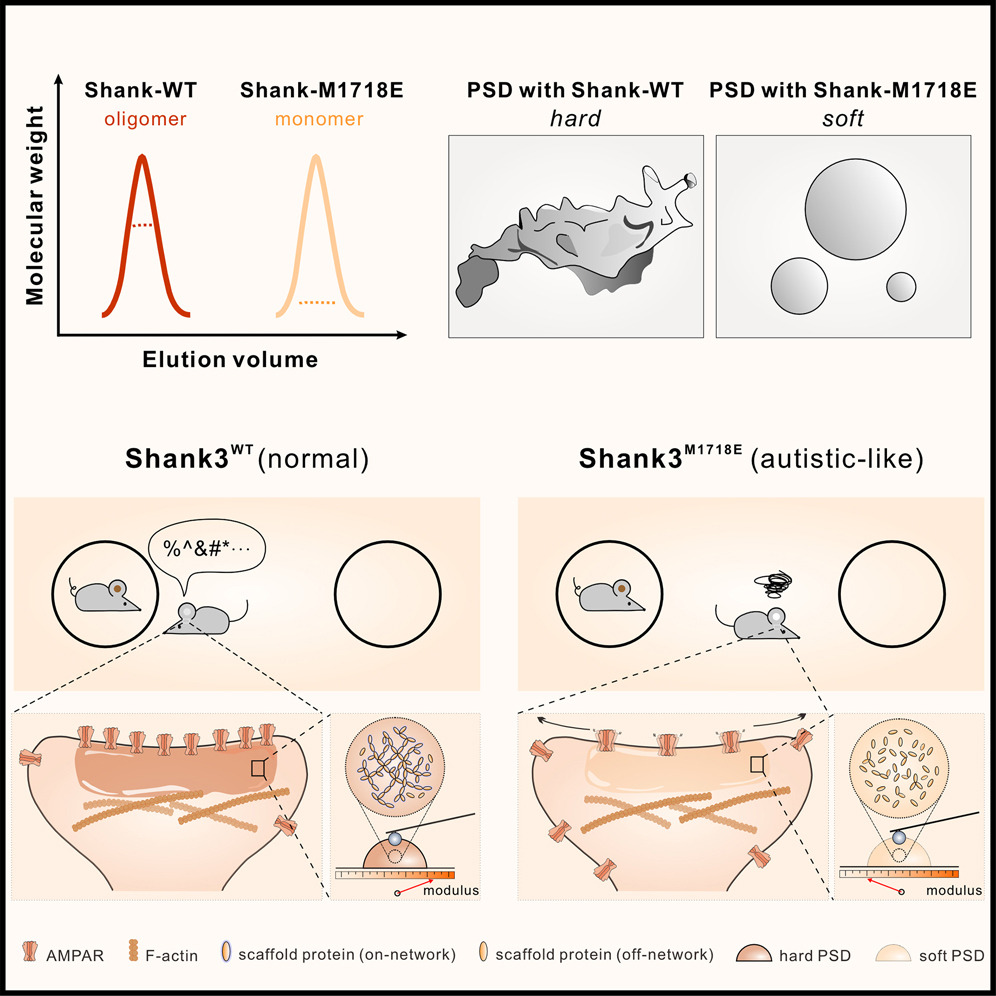Structural basis of the myosin X PH1N-PH2-PH1C tandem as a specific and acute cellular PI (3, 4, 5) P3 sensor
2011.09.30Lu, Q., Yu, J., Yan, J., Wei, Z., & Zhang, M. (2011). Molecular biology of the cell, 22(22), 4268-4278.
Myosin X (MyoX) is an unconventional myosin that is known to induce the formation and elongation of filopodia in many cell types. MyoX-induced filopodial induction requires the three PH domains in its tail region, although with unknown underlying molecular mechanisms. MyoX's first PH domain is split into halves by its second PH domain. We show here that the PH1N-PH2-PH1C tandem allows MyoX to bind to phosphatidylinositol (3,4,5)-triphosphate [PI(3,4,5)P3] with high specificity and cooperativity. We further show that PH2 is responsible for the specificity of the PI(3,4,5)P3 interaction, whereas PH1 functions to enhance the lipid membrane–binding avidity of the tandem. The structure of the MyoX PH1N-PH2-PH1C tandem reveals that the split PH1, PH2, and the highly conserved interdomain linker sequences together form a rigid supramodule with two lipid-binding pockets positioned side by side for binding to phosphoinositide membrane bilayers with cooperativity. Finally, we demonstrate that disruption of PH2-mediated binding to PI(3,4,5)P3 abolishes MyoX's function in inducing filopodial formation and elongation.
- Recommend
-
2025-10-22
IQSEC2/BRAG1 may modulate postsynaptic density assembly through Ca2+-induced phase separation.
-
2025-08-22

Shank3 oligomerization governs material properties of the postsynaptic density condensate and synaptic plasticity.
-
2025-08-21
Modulating synaptic glutamate receptors by targeting network nodes of the postsynaptic density condensate.
-
2025-08-19
Current practices in the study of biomolecular condensates: a community comment.
-
2025-06-10
Phase separation instead of binding strength determines target specificities of MAGUKs.

